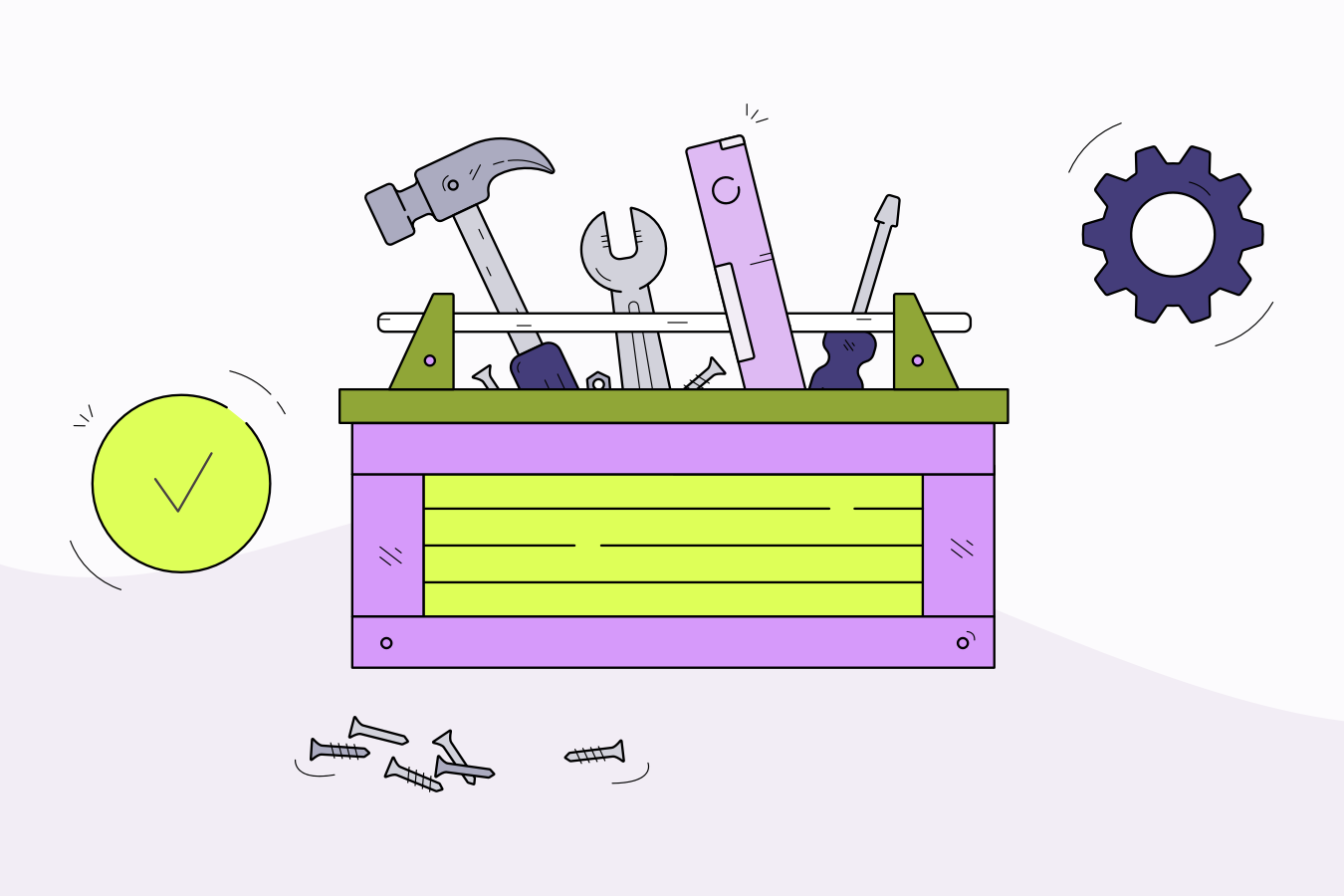The Competency Matrix: A Strategic Tool for Design Team Management and Development
Understanding the skills of your team is vital to managing it. My approach is to use a skill matrix, which gives a great overview of the entire team and allows you to easily see the team's development and hiring needs.
What is a Competency Matrix?
A competency matrix is a visualisation of each team member's skills mapped. Each skill is usually given a rating and is used to understand the team's skills. The skills are usually a combination of craft and soft skills, which will vary depending on the role, level and organisation.
Uses for the Competency Matrix
As mentioned above I have multiple uses for the competency matrix the most common ways are:
Hiring
Learning and development
Work Allocation
Hiring
By visualising your team's current capabilities, you can spot gaps that need filling. In my experience leading UX teams, I've found it particularly valuable when deciding between hiring a senior versus developing junior talent. For instance, if your matrix shows strong senior-level skills but gaps in emerging technologies, you might consider bringing in fresh perspectives through graduate hires.
Learning and Development
Beyond identifying gaps, the matrix serves as a powerful tool for personal growth conversations. I use it during one-to-ones to help team members chart their development paths. It's great for setting realistic goals and tracking progress over time. The visual nature of the matrix makes it easier for team members to see their strengths and areas for improvement.
Work Allocation
One of the most practical applications is in planning for upcoming work. The matrix helps ensure you're not just assigning work based on availability, but matching skills to project needs. It's particularly useful when you need to balance delivering high-quality work while providing growth opportunities. I often use it to pair more experienced team members with those looking to develop in specific areas.
Creating Your Matrix
Start by identifying the key competencies for your team. For a UX team, these might include:
Technical Skills
User Research
Information Architecture
Interaction Design
Visual Design
Prototyping
Usability Testing
Design Systems
Soft Skills
Stakeholder Management
Project Leadership
Mentoring
Communication
Problem-solving
Rating System
Keep your rating system simple but meaningful. I use a 1-5 scale:
Awareness but no practical experience
Basic application with support
Independent practitioner
Expert who can teach others
Thought leader in this area
Making it Work
The key to a successful competency matrix isn't just in creating it – it's in keeping it alive. Schedule regular reviews (I do this every 3-6 months) and use it as a reference point in team discussions. Make it visible and accessible to the team, fostering transparency and encouraging peer-to-peer learning.
Remember that the matrix should be a living document that evolves with your team and organisation. Update your competencies accordingly as new technologies and methodologies emerge.
Things to Avoid
Don't use it as a performance assessment tool – it's about development, not evaluation
Avoid making it too complex – if it's challenging to maintain, it won't be used
Don't forget to include soft skills – they're often as crucial as technical abilities
Never use it to compare team members against each other – focus on individual growth
A well-maintained competency matrix is more than just a management tool – it's a driver for team development and strategic planning. When used effectively, it creates transparency, drives personal growth, and helps build more balanced, capable teams.
It's become an essential part of my leadership toolkit, and I encourage you to adapt these principles to create a matrix that works for your team.

